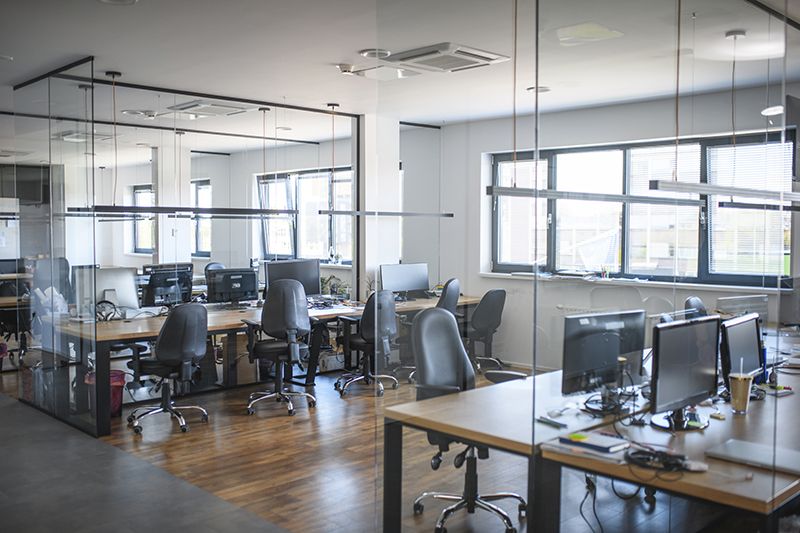
In the realm of interior design and architecture, the term "flexibility" often carries significant weight. Demountable partitions have gained popularity, touted as a flexible solution and ideal for spaces requiring frequent changes. However, it's time to peel back the layers and examine whether this perception holds true in the real world, or if it's just a notion in the name.
The myth of flexibility
One common claim associated with demountable partitions is their flexibility, particularly in terms of reconfiguration. Advocates argue that these partitions are ideal for spaces that frequently need to adapt to changing requirements. However, a closer look reveals that this flexibility might not be as practical as it seems.
The reality check
- Higher Cost of Flexibility
While it's true that demountable partitions can be reconfigured, this flexibility often comes at a considerably higher cost. The modular nature of demountable partitions requires specialized components and design, making them more expensive than traditional glazing methods. - Complex Reconfiguration Process
Reconfiguring demountable partitions is not as straightforward as it might appear. It involves disassembling and reassembling modular components, which can be time-consuming and may require skilled labor. This complexity can hinder the efficiency of the reconfiguration process. - A Less Flexible Reality
In practice, the perceived flexibility of demountable partitions can be more restrictive than liberating. The higher costs and labor-intensive nature of reconfiguration can discourage frequent changes. Unless the specific system is reused during reconfigurations (which is rarely the case), demountable partitions can actually add costs and make it harder to adapt spaces efficiently.
Traditional glazing: A flexible alternative
Traditional glazing methods, such as glass partitions, may not have the term "demountable" in their name, but they offer a different kind of flexibility that is often more practical in real-world scenarios.
- Ease of Maintenance
Traditional glazing is easy to maintain, with minimal disruption to the workspace. Adjustments and changes can be made efficiently without the need for extensive reconfiguration. - Cost-Effectiveness
Conventional glazing methods are often more cost-effective than demountable partitions, making them a budget-friendly choice for projects where adaptability is required without breaking the bank. - Timeless Aesthetic
Traditional glazing provides a timeless aesthetic that complements various design styles, ensuring that your space remains visually appealing, regardless of changes or reconfigurations.
While demountable partitions may appear to be the epitome of flexibility on the surface, the reality can be quite different. The higher cost, complexity of reconfiguration and potential limitations make them a less practical choice in many real-world scenarios.
Traditional glazing, with its cost-effectiveness, ease of maintenance and timeless appeal, offers a flexible alternative that architects and designers should consider when seeking adaptability in interior spaces. In the end, true flexibility lies not just in the name but in the practicality of the solution for the specific needs of each project, without adding unnecessary costs or complexity.


